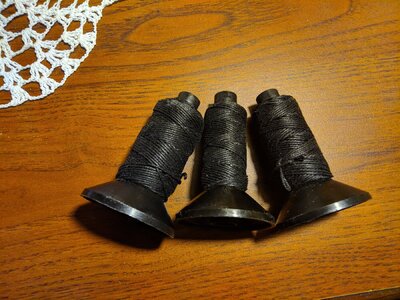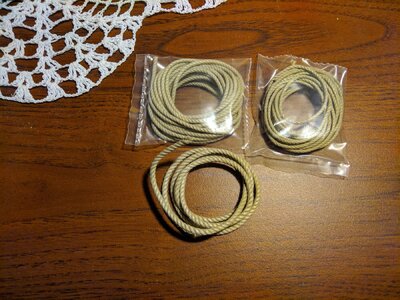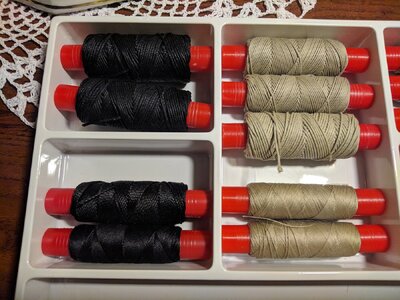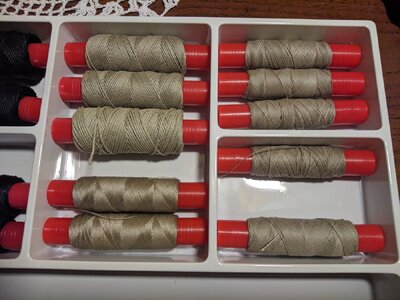I'm a first-timer, but as a long time modeler, I knew immediately before even getting started that if I was putting the effort into this kind of build, fuzzy thread was not going on my ship. After watching Olha's ropewalk video, I decided to put together my own using spur & pinion gears for an RC truck from a local hobby shop. The brass rod, bearings, and collars were off Amazon, and this head stock was put together for around $40. As goofy as it may look, the tail stock is just a rigged up old cordless drill on a trolley with a counterweight. Even though my first ropes (pictured) are in need of some technique work, the difference is still night & day. These are from Gutterman threads for sales at Ropes of Scale.
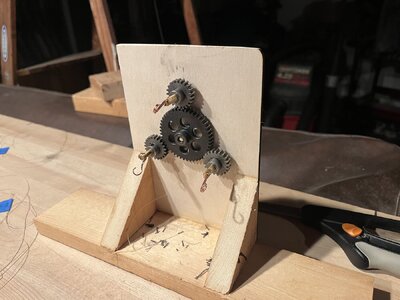
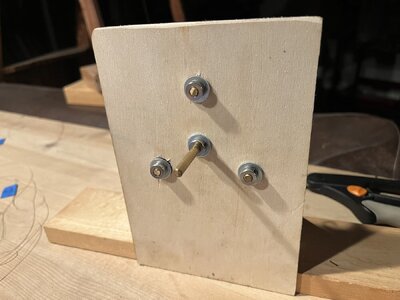
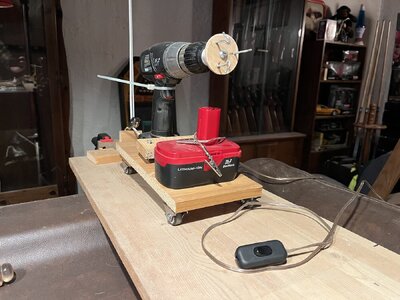
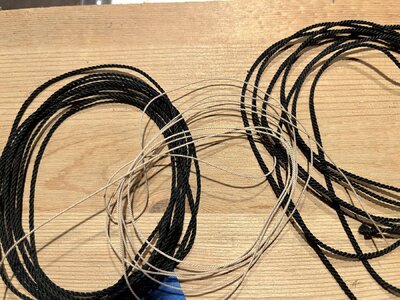











 ).
).